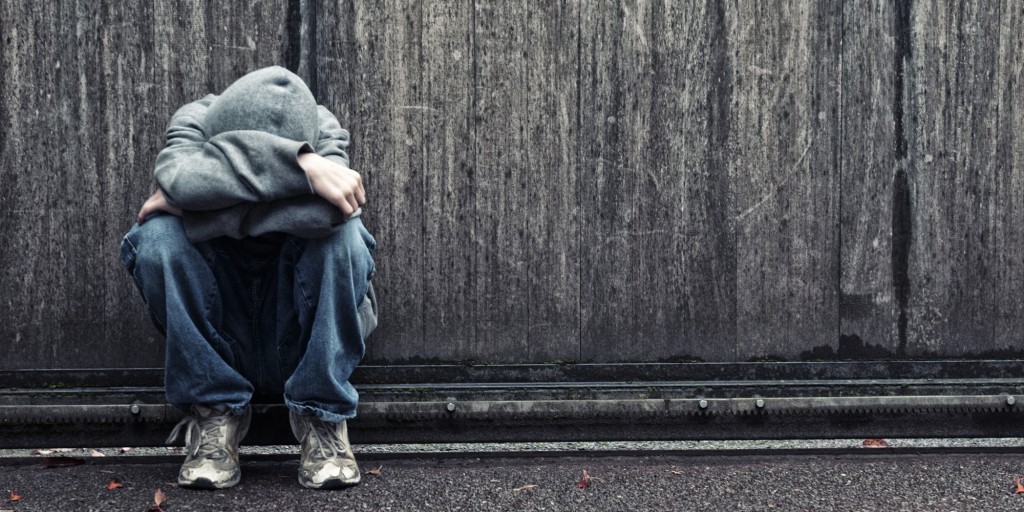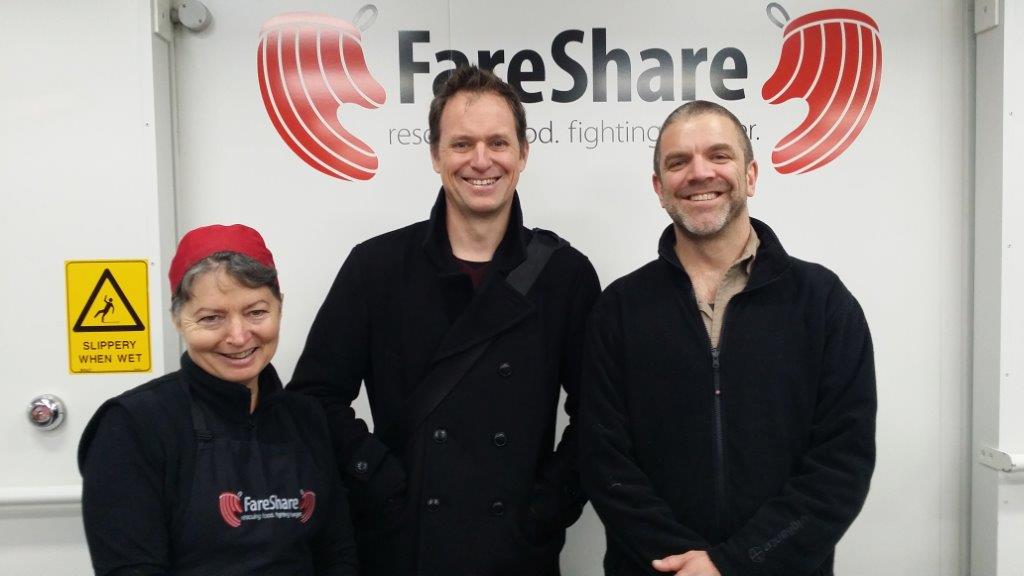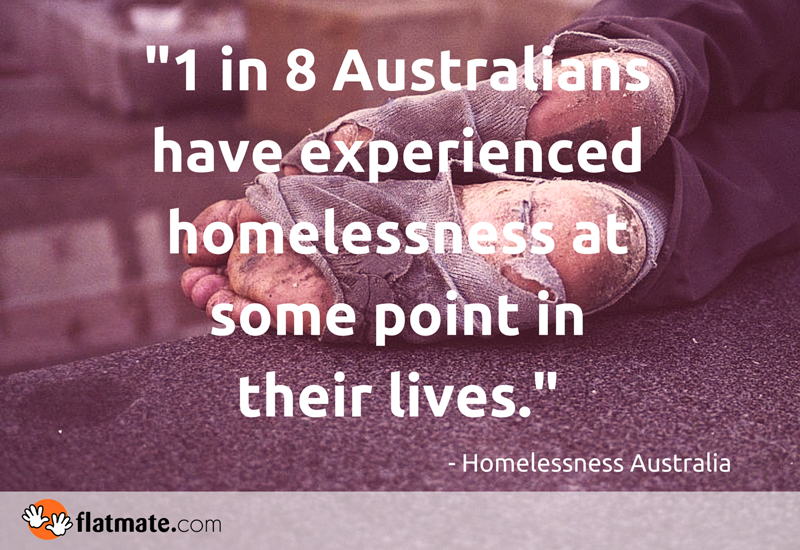In a report released two weeks ago, Prosper Australia unveiled the shocking reality that in the city of Melbourne, highlights the flaws shown within the housing policy in Victoria – 82,724 homes are left vacant.
This recent report illuminates the argument that Australia is suffering from the continuing issue with homelessness. One of the biggest challenges Victoria is falling behind in solving is the search for affordable and available homes to support Victoria’s most vulnerable. The options are very minimal.
What does the government need to do to solve this problem? It’s a clear sign that Government policy needs reform.
It’s recorded that 19% of investment properties are sitting vacant, and 34,000+ homes which are awaiting public housing but still have to wait a further 11 months to be housed.
Whilst the news that 34,000+ homes are awaiting public housing to help those in need is great news, only 7% of public housing properties are turning over new residents every year, hence, most people will still be waiting years and years to be housed, or in worse case scenario, never be housed at all.
A question we need to ask ourselves is why is the process taking so long? Why can’t we start helping more people right now? These empty homes could right now help those who have been suffering long-term homelessness, mental illness or disability, or feeling domestic violence.
Just over the last three years alone, the demand for homelessness services has risen more than 30%. It’s a staggering figure. Services such as StreetSmart Australia and Kids Under Cover are continuously and tirelessly working to help communities and people in need. What’s working against these organisations is Melbourne’s continued median price growth, which now sits at an average of $370 per week.
Having these absentee homes is a complete waste. Not only is it a kick to the face for those who desperately need affordable shelter, it also creates black holes within the local economy. Without people living there, surrounding businesses have less opportunity to do further trade, and community members have less chance to connect with more neighbours.
Shelter is just as important as food and water, yet why are we making it more difficult to access these houses to help these people in need?
Positive progress has happened with Tim Pallas, Victoria’s Treasurer who is pursuing an Affordable Housing Taskforce, and the Plan Melbourne mooting deliberation of inclusionary zoning – but all the talking certainly doesn’t mean anything unless actionable change is made.
It’s time for all states and the federal governments to become a unified driving force to help all the Australian’s who are suffering from homelessness or just simply need public housing.
The combined national annual cost of the capital gains tax concession and negative gearing is around $7 billion. This itself should drive actionable reform.
The government need to deliver policy to people who need public housing. Here are a few ways the government should refocus policy reform;
- restricting tax deductions for negative gearing and increasing capital gains tax, and redirecting savings to social housing investments
- increasing the cost of holding land unproductively by shifting State taxes on housing away from stamp duty and towards land tax
- investing in rental subsidies for low-income earners, and
- introducing inclusionary zoning (to increase possibilities for social housing) in the planning framework.
Ending homelessness is and should be everyone’s priority!
(Image Credit: huffingtonpost.com)




Pingback: 5 reasons we need to understand about people being homeless